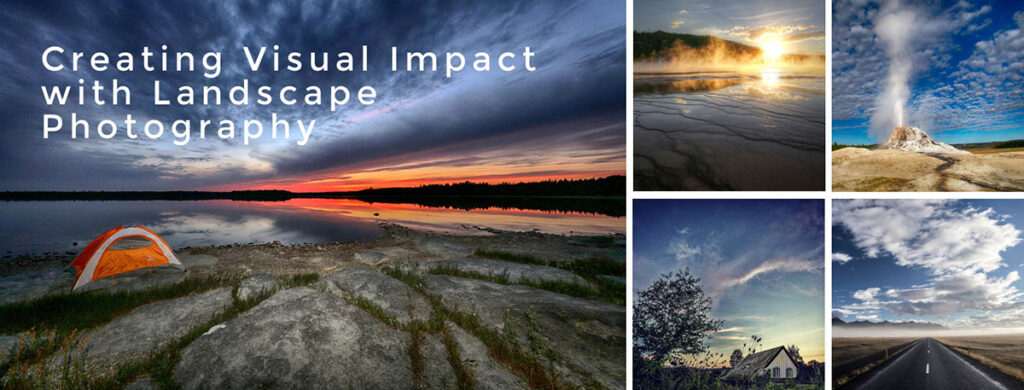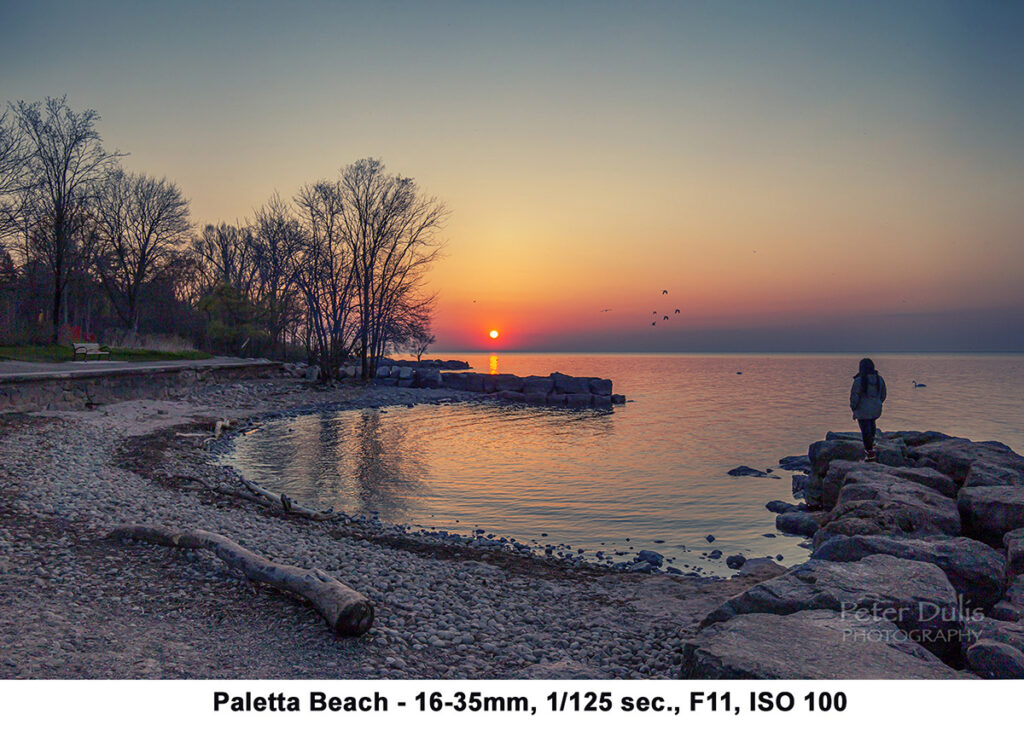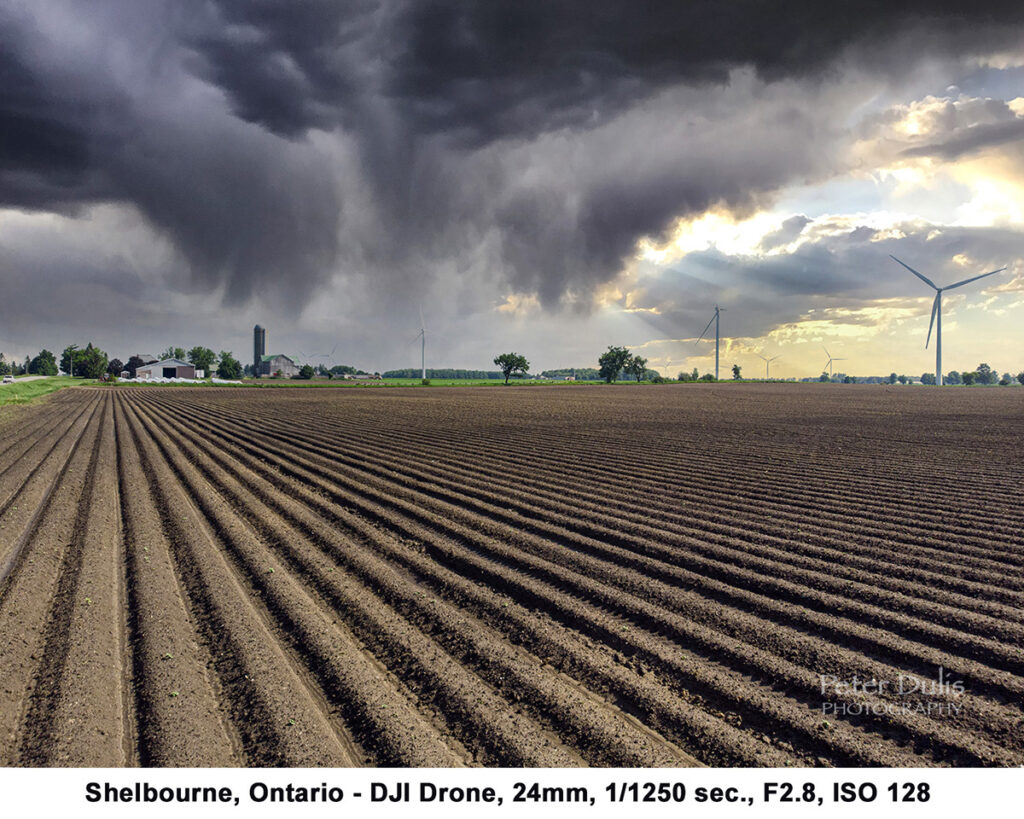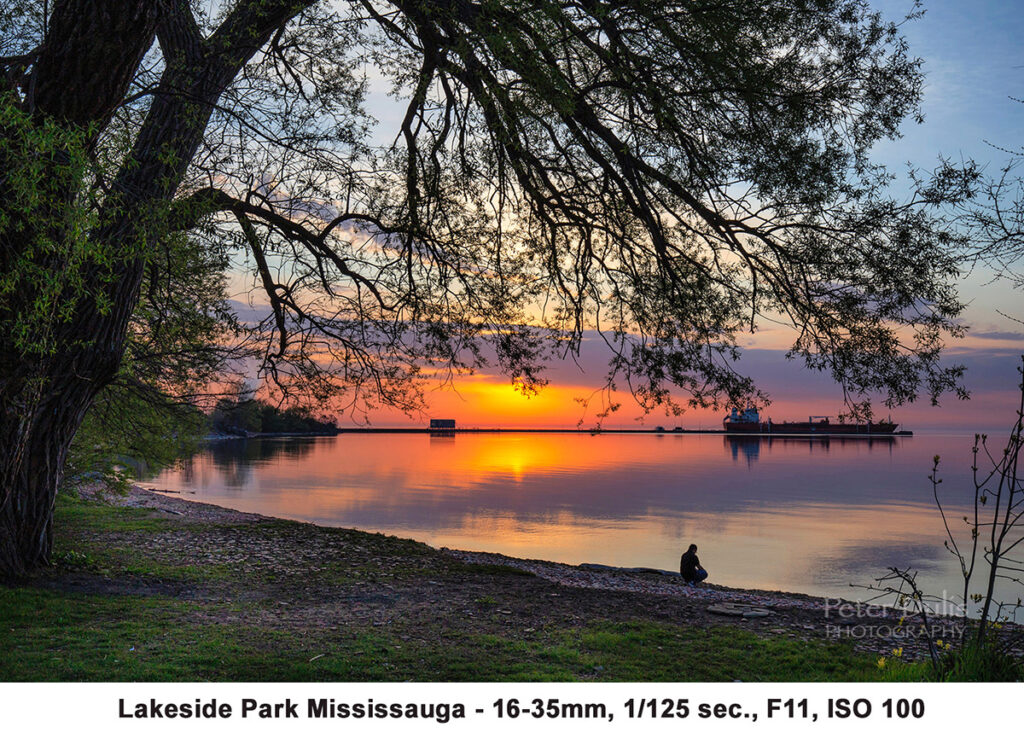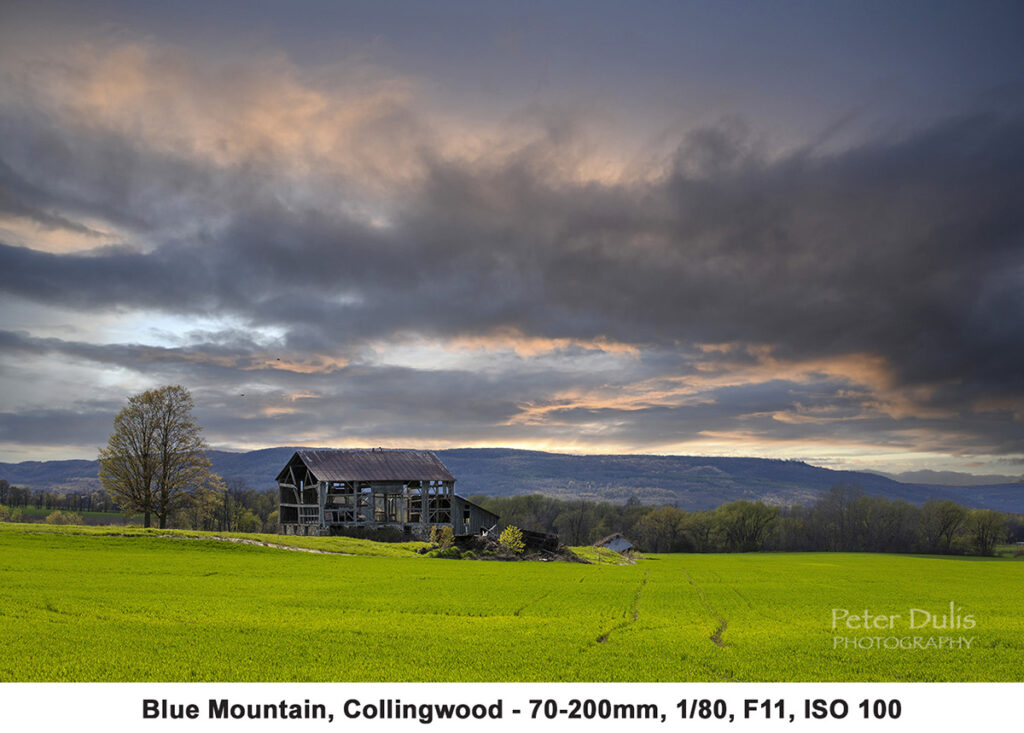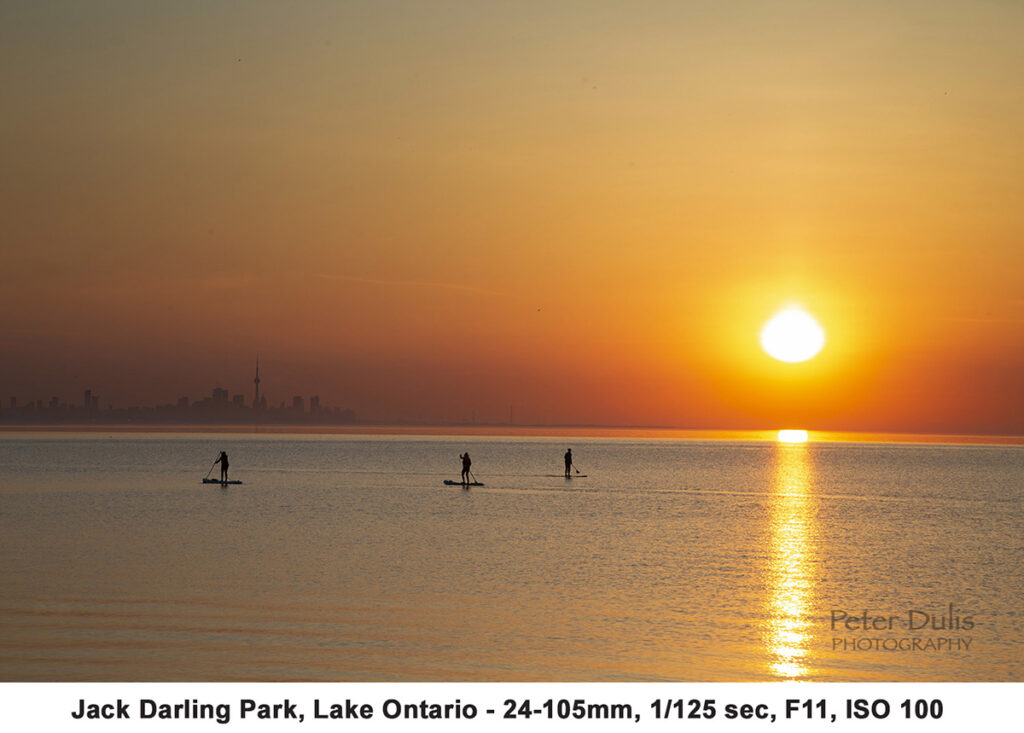Have you ever wondered why certain landscape photos just have that WOW factor? Photography is a powerful means of communication and, like other means of communication, it shares a common visual language of its own. A picture is worth a thousand words, yet some photos are so powerful that they impact us in a personal way. I’ve discovered that in photography, creating visual impact is more than just following a set of compositional rules. The rules of composition lay the foundation of an impactful photo, yet we need to incorporate a number of other elements to take it to the next level. As we develop our skillset as landscape photographers, we need to be developing our individual artistic viewpoint and vision, rather than just taking a “Happy Snap”, as my college professor used to say.
Here are 4 things to consider when developing your own artistic visual impact:
Creativity & Vision
What are the elements that go into creating good visual impact? First of all, you need to start with a vision of what you would like to convey. When travelling to unique destinations, I generally spend a lot of time researching the area, the possible photo opportunities, what time of the day will have the best light to capture the scene. Research ahead of time will save you a lot of time later when on location. Certainly, there will be moments of serendipity, when things just fall into place, but I have found that doing a little homework ahead of time will prepare you for the opportunities that you will encounter.
They say beauty is in the eye of the beholder. One person’s trash is another person’s treasure. When we photograph something, it should be meaningful to us first and foremost. Ideally the photos should make the viewer think for themselves. If you have something worthwhile to say, then make sure it comes across in your photographs. Being true to yourself lies at the heart of being an artist. So, start off with a vision of what you would like to capture and what you may want to say about it.
Emotional Appeal
I’ve written a separate article just on this topic. (https://photographyadventures.ca/5-ways-to-evoke-emotionin-your-photography/) But to summarize this important aspect, I would say Landscape photography is very much about seeing into the soul of a place. A photograph can have a profound impact on a wide range of emotions for the person viewing it. The key to great photograph is to engage your viewers to look more deeply into your image and have a moment of discovery that makes them want to climb into your photo frame and explore the inside for themselves. Creating emotional photography takes a bit of practice, patience and learning to see things in a new way. In all my years of photographing landscapes, I have been on a path of constant learning and it’s not just about “practice makes perfect” in the sense of shooting thousands of photos. It’s about developing a story that draws your viewer into your frame. Something that engages your viewer emotionally and draws them into your artistic expression. For me, the mark of a truly great landscape photograph is one which stirs the emotions.
Technical Expertise
I must admit that I’m not the most technically astute photographer, but I know how to control the exposure to get the results I need. I have a tendency to be more plugged into seeing the artistic side of things. But to take great photographs with visual impact does take knowing your camera and what you can do with it.
Although we can create some amazing images with the latest smart phones, the better images still come from a DSLR or mirrorless camera. So, it’s a good idea to become very familiar with what your camera can do. Learn to shoot in the different modes from AV to TV to Manual mode. This will come in very handy under certain lighting conditions. Learn to control your exposure. The benefit of a good camera is that you can see a display on the back showing you a histogram of the image exposure. This will allow you to see if the image is being under or over exposed. Understanding the “exposure triangle”– aperture, ISO and shutter speed controls is critical to controlling the exposure of the light. Another important technique to understand in photography is the concept of focus. If the focus is not sharp, your image will look weak.
Post Processing Your images
With the advent of digital photography, computers have now made is possible to get rid of the darkroom and do all of your post processing in programs like Photoshop and Lightroom. (And there are many other software programs and on-line programs that can be helpful as well) If you’ve taken a well exposed photo, then the photo tweaking will be minimal. But learning to harness the power of Photoshop and Lightroom can add that extra pizazz. I’m more of a Photoshop fan and since I shoot in RAW file format, I open my files in the Photoshop Camera Raw plug-in. Shooting in RAW mode tells my camera’s sensor to capture all the information that is coming in and not to convert or compress it in any way. This is critical because every single data point is still intact and I can rescue my highlight and shadow detail that may otherwise have been lost. There are a multitude of controls that can be implemented in Camera Raw before bringing it into Photoshop. In the simplest format you can hit the “Auto Edit” button, and you will get a much better image to start with. Once in Photoshop, a number of other edits can be applied. I certainly use the levels control a lot to ensure a good histogram (good highlights and shadows). I also like to use the Nik filter plug-ins. This is still the best plug-in suite that there is for photographers. It will take a bit of practice learning how to use these filters, but there are many good YouTube videos that can help. Two of my favorite filter sets are – Color Efex Pro (There are 55 filters in this set, but with the ability to stack filters, the possibilities are endless) and HDR Efex Pro (Here you have to be careful because HDR images can be overdone if you are not careful)
Summary
There are many other things that could be discussed here, but we hope that this guide may give you some ideas and tools to start with. Practice taking photos with these tips and eventually you’ll find yourself naturally applying those that fit your composition style. Do you have any questions? If so, feel free to ask them in the comments section of our website. Most importantly, enjoy the adventure.
I hope you find these tips useful and welcome you to visit my website for more informative information – www.photographyadventures.ca
ABOUT THE AUTHOR
Peter Dulis is an award-winning photographer & large format-printing executive having worked with Canon Canada for the last 14 years. “I’ve had the chance to meet & work with some incredible people in the industry. Photography isn’t just about making photographs; it’s about choosing a life of curiosity, exploration, and wonder, immersing yourself in the world around you. Follow us on our adventures and grab your FREE e-book today – “5 Truly Amazing Places to Visit Before it’s too late!



